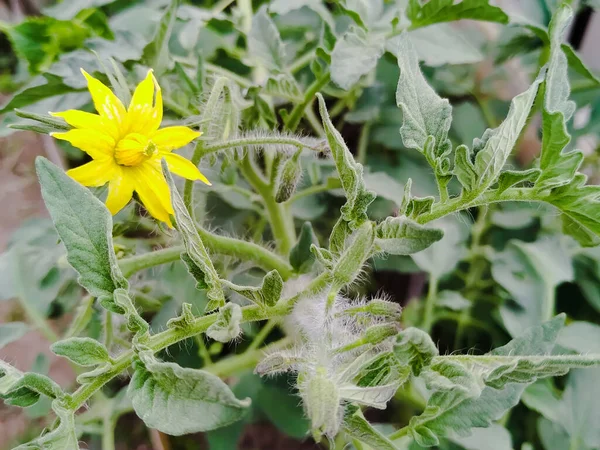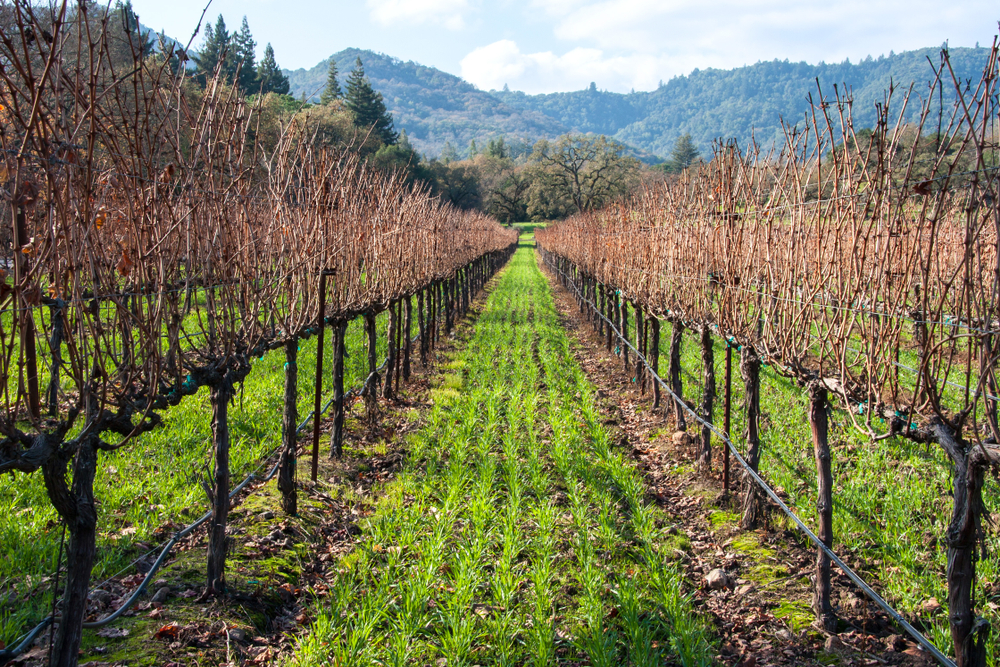
Supporting Plant Adaptation
It’s important to think about plants as being incredibly adroit at adapting to changing conditions and consider how we can best support them as they try to function efficiently.



It’s important to think about plants as being incredibly adroit at adapting to changing conditions and consider how we can best support them as they try to function efficiently.

The definition of regenerative agricultural practices is evolving. In the beginning, my definition was simple: engage in agricultural practices that work to maximize carbon sequestration in your soils and do it in a manner that minimizes your carbon footprint. Recently, I read a definition of regenerative agriculture as a “toolkit of principles/practices to restore and preserve biodiversity and soil health by creating a functional ecosystem that reduces external inputs while producing nourishing farm products.” This definition begins to consider how carbon is cycling through the system, emphasizing supporting microbial activity and nutrient cycling. All good in my thinking, but how do we get there?

Bees and flowering plants have a long-standing and remarkable co-evolutionary history. Flowers and bees evolved traits that enable pollination, a process that is as important to plants as it is for pollinating insects. Bee–flower interactions rely on senses such as vision, olfaction, humidity sensing, and touch. Recently, another sensory channel has been added to the list, with the detection of a weak electrostatic field that arises between a flower and a bee.

Land plants first appeared 1.6 billion years ago, when bacteria had already been around for 2 billion years or so. For eternities, plants and pathogens (bacteria, viruses, and fungi) have been doing their ecological dance, with plants evolving to limit diseases and their impact on natural plant communities and bacteria evolving new ways to get around plants’ defenses. A balance typically is reached that maintains itself until novel diseases are introduced from other regions, usually because of human activity. An infamous example of that is chestnut blight, a fungus that decimated American chestnut trees, a keystone species in eastern U.S. forests. The fungus was inadvertently introduced by the importation of Japanese chestnut trees in the early 1900s. Then there is what is currently occurring in southern Italy, where the Xylella fastidiosa bacteria, imported with asymptomatic plants from Costa Rica, has killed millions of olive trees in Puglia.

The agriculture market has always been challenging, and maybe particularly so now, with pressures from declining market prices, the availability and cost of labor, new regulations, water restrictions, etc. Crop input prices are on the rise and regulations are restricting what growers can do going forward. Bottom line: Growers must find new ways to be successful.
Technology in agriculture, like in most parts of our lives, has changed how we do things and, maybe more importantly, enabled us to measure what we had only presumed or speculated about in the past. Back in 2008, Andaman Ag began introducing biological products to the market. It wasn’t the most receptive audience at that time. But while working overseas, I witnessed the benefits of biological products firsthand. One of the key takeaways was their ability to improve growers’ Return on Investment, or ROI, over time.